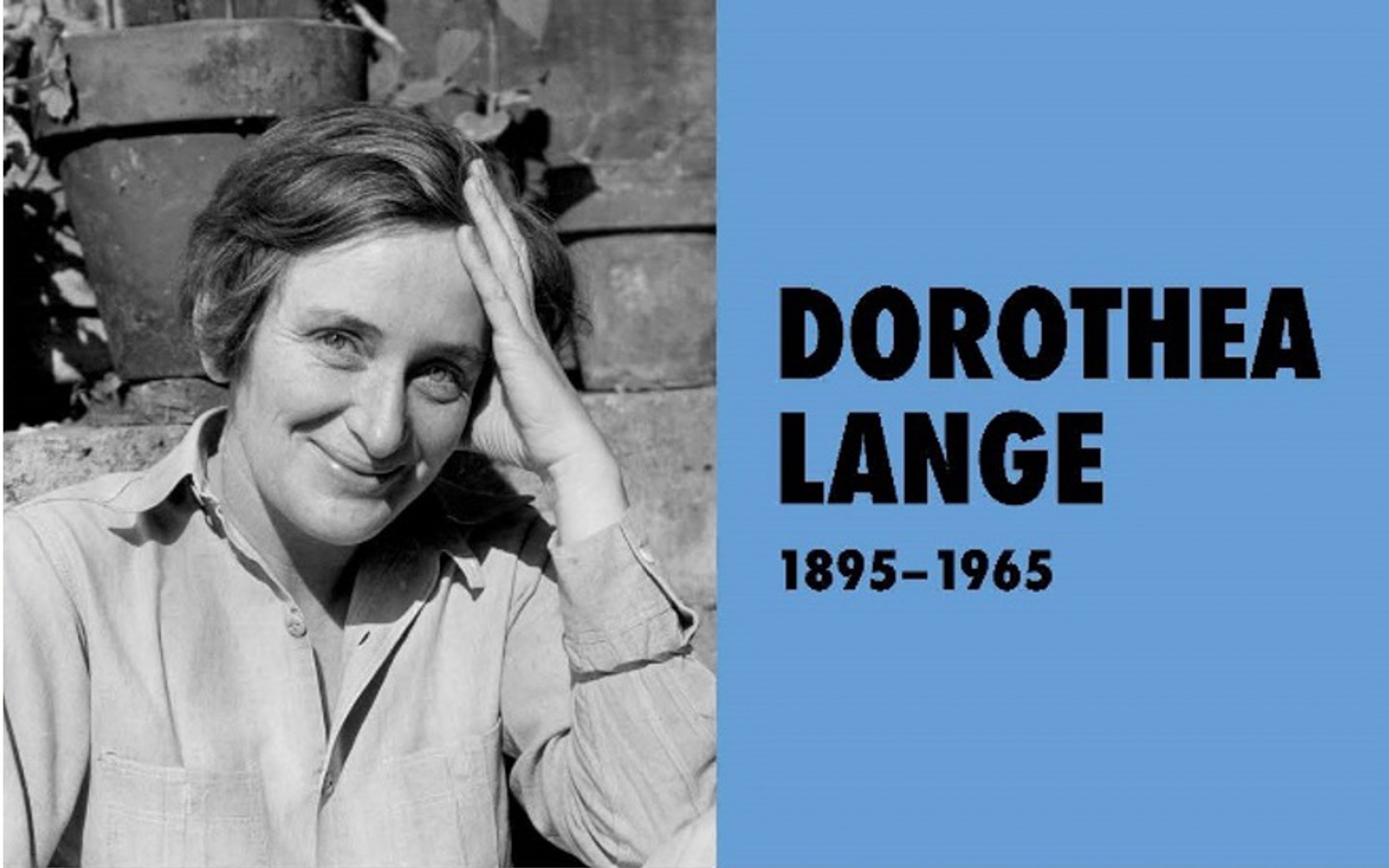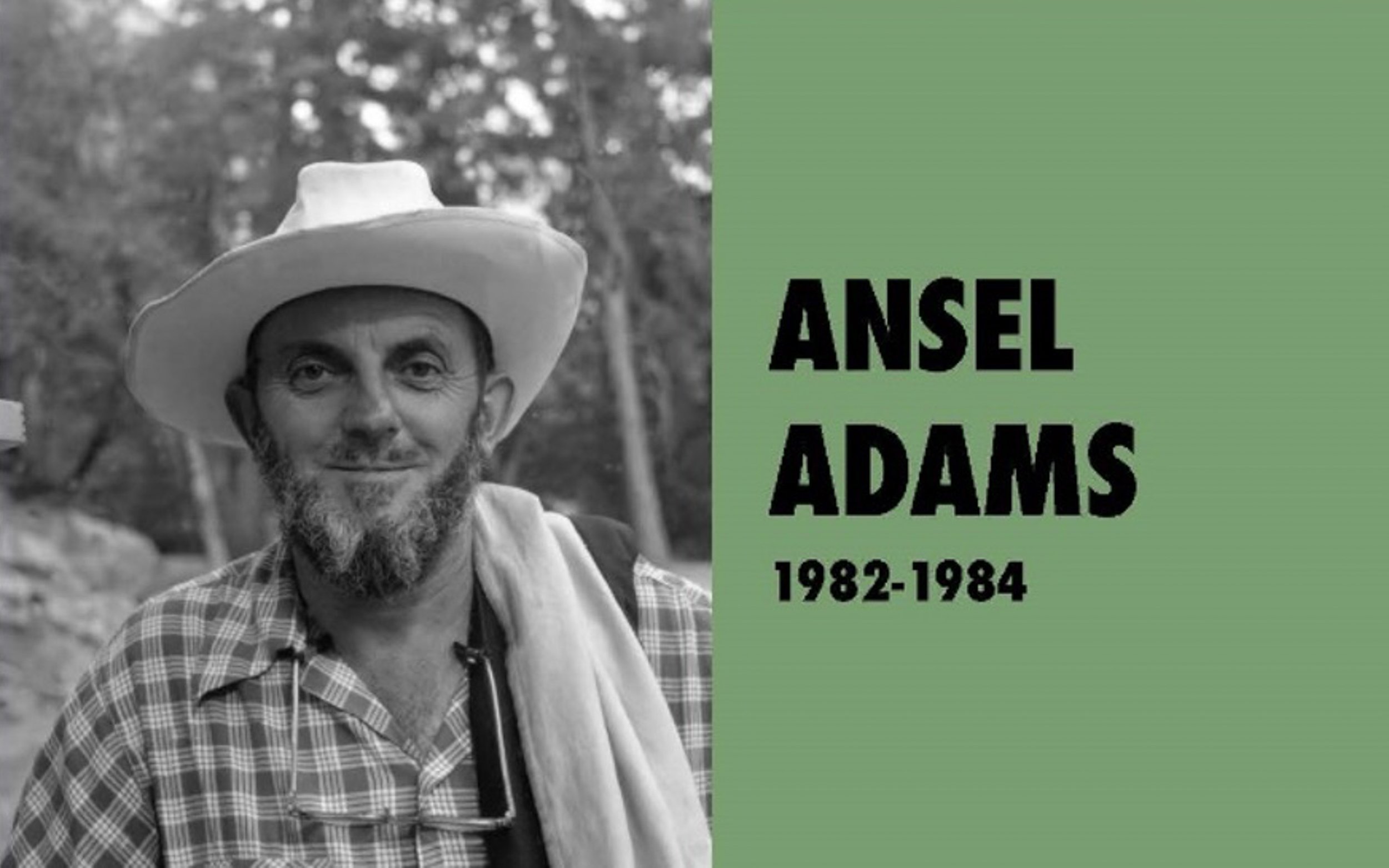Seen and Unseen
By Elizabeth Partridge and Lauren Tamaki
Three months after Japan attached Pearl Harbor in 1941, US President Franklin D. Roosevelt ordered the incarceration of all Japanese and Japanese Americans living on the West Coast of the United States. Families, teachers, farm workers—all were ordered to leave behind their homes, their businesses, and everything they owned. Japanese and Japanese Americans were forced to live under hostile conditions in incarceration camps, their futures uncertain.
Three photographers set out to document life at Manzanar, an incarceration camp in the California desert: Toyo Miyatake, Dorothea Lange, and Ansel Adams.
Growing up, I knew that my godmother, Dorothea Lange, had photographed the Japanese American incarceration during WWll, and was horrified by the suspension of civil liberties for the Japanese Americans. I also learned Ansel Adams had photographed the incarceration. Though they were good friends, Dorothea always thought he “didn’t get it.” That intrigued me. I decided to write a book on the incarceration and use both their photographs. I knew we’d also need illustrations to fill in what they were forbidden to photograph (Dorothea) and what they chose not to photograph (Ansel).
I turned in the text and photographs to my editor, Ariel Richardson, at Chronicle Children’s Books and she found Lauren Tamaki to illustrate. Usually, the author backs out at this point and the illustrator works with the editor. But in this book, the three of us formed a collaborative team. Sometimes Lauren would suggest a different photo or find one herself that she liked. I was able to make comments on her illustrations as we went along. Photos, ideas, text, quotes, and drawings flew around between the three of us. Lauren also contributed an amazing section to the afterword on “The Damage of the Model Minority Myth.” It was an exhilarating process and let us get to the depth that we did.
As I began researching, I quickly discovered that one of the prisoners, Toyo Miyatake, had smuggled in a camera lens and a film holder. Friends made him the camera body in the woodshop. Toyo later devised an intricate system of smuggling film into the camp. He took several photographs of conditions that Dorothea and Ansel were not able to, as well as documenting everyday life in the camp which provide an intimate, insider-view.
As Toyo told his son while they were in Manzanar, “I have to record everything. This sort of thing should never happen again.”
I wrote this book to bring to light to the injustice of the Japanese American incarceration. We need to know our real American history, and make sure we don’t repeat our earlier, terrible civil rights violations. It’s been made vividly clear in the last few years that our democracy depends on all of us.
Dorothea Lange was a photographer from San Francisco best known for her haunting Depression-era images. Dorothea was hired by the US government to record the conditions of the camps. Deeply critical of the policy, she wanted her photos to shed light on the harsh reality of incarceration.
Toyo Miyatake was a Japanese-born, Los Angeles–based photographer who lent his artistic eye to portraying dancers, athletes, and events in the Japanese community. Imprisoned at Manzanar, he devised a way to smuggle in photographic equipment, determined to show what was really going on inside the barbed-wire confines of the camp.
Ansel Adams was an acclaimed landscape photographer and environmentalist. Hired by the director of Manzanar, Ansel hoped his carefully curated pictures would demonstrate to the rest of the United States the resilience of those in the camps.







